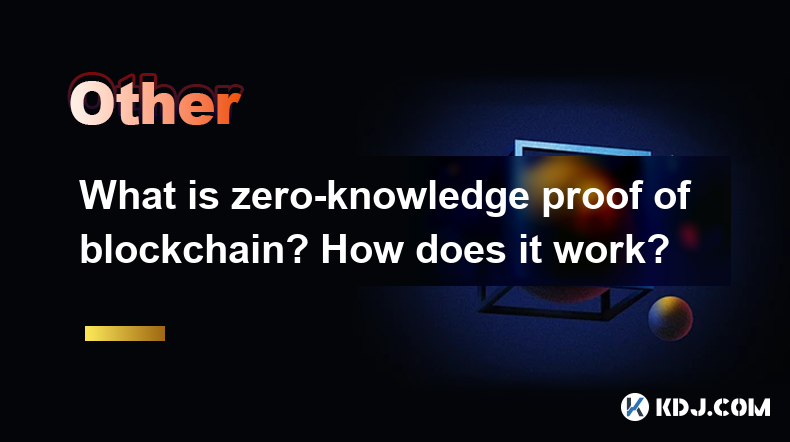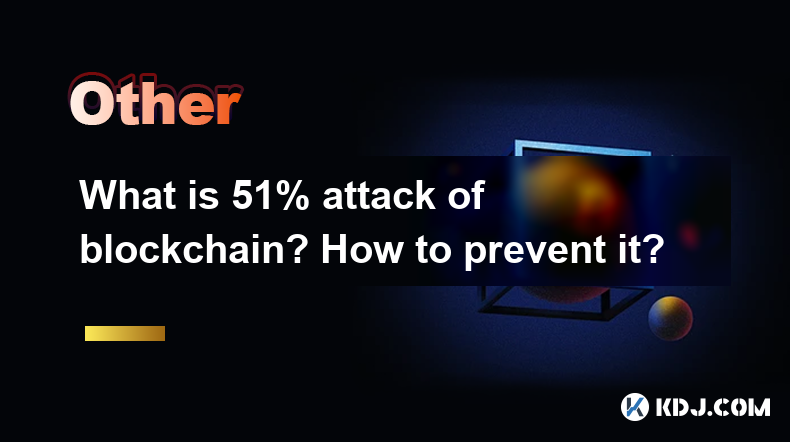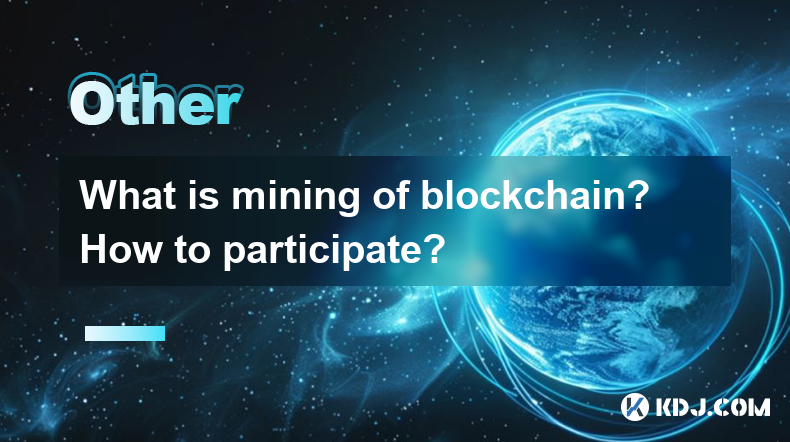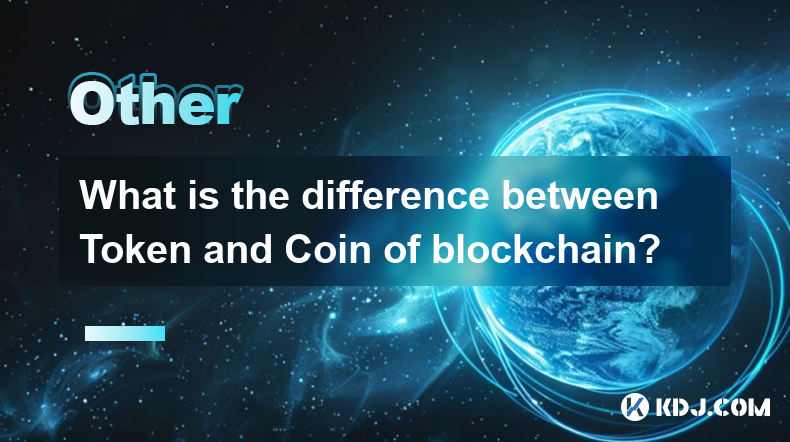-
 Bitcoin
Bitcoin $83,996.4254
-4.16% -
 Ethereum
Ethereum $2,299.3952
-6.31% -
 Tether USDt
Tether USDt $0.9986
-0.01% -
 XRP
XRP $2.1817
-2.65% -
 BNB
BNB $600.9156
-2.49% -
 Solana
Solana $131.6319
-8.59% -
 USDC
USDC $1.0001
0.03% -
 Dogecoin
Dogecoin $0.1988
-3.93% -
 Cardano
Cardano $0.6400
-4.13% -
 TRON
TRON $0.2236
-1.77% -
 Chainlink
Chainlink $14.8932
-0.35% -
 Litecoin
Litecoin $122.0047
8.31% -
 Avalanche
Avalanche $21.2516
-1.56% -
 Sui
Sui $2.7986
-1.65% -
 Stellar
Stellar $0.2814
-1.70% -
 Toncoin
Toncoin $3.4191
-2.24% -
 UNUS SED LEO
UNUS SED LEO $9.0245
1.33% -
 Shiba Inu
Shiba Inu $0.0...01395
0.55% -
 Hedera
Hedera $0.1907
0.47% -
 Polkadot
Polkadot $4.6815
2.33% -
 MANTRA
MANTRA $7.2209
-5.59% -
 Hyperliquid
Hyperliquid $18.5321
-6.16% -
 Ethena USDe
Ethena USDe $0.9989
0.00% -
 Bitcoin Cash
Bitcoin Cash $287.8634
0.10% -
 Dai
Dai $0.9997
0.00% -
 Bitget Token
Bitget Token $3.9390
-7.12% -
 Uniswap
Uniswap $7.7335
-5.45% -
 Monero
Monero $210.6363
-1.50% -
 NEAR Protocol
NEAR Protocol $2.9342
0.15% -
 Aptos
Aptos $5.6867
0.58%
How many Bitcoins are in Satoshi Nakamoto's Bitcoin wallet?
Analyzing the Bitcoin blockchain, researchers estimate Satoshi Nakamoto's Bitcoin holdings range from 750,000 to over 1 million BTC, representing a significant portion of the total Bitcoin supply.
Feb 26, 2025 at 10:00 pm

Key Points
- Estimating the number of Bitcoins in Satoshi Nakamoto's Bitcoin wallet is a complex task due to the pseudonymous nature of Bitcoin and the lack of definitive information.
- Several approaches have been used to estimate the wallet's holdings, including analysis of the Bitcoin blockchain and the timing of coin movements.
- These estimates range from as low as 750,000 BTC to over 1 million BTC, representing a significant portion of the total Bitcoin supply.
- The true number of Bitcoins in Satoshi Nakamoto's wallet remains unknown, but various estimates provide insights into the potential wealth of Bitcoin's creator.
Estimating Satoshi Nakamoto's Bitcoin Holdings
1. Blockchain Analysis:
Analyzing the Bitcoin blockchain can provide clues about the coins mined by Satoshi Nakamoto. Early blocks in the blockchain reveal transactions associated with Bitcoin's genesis block, mined by Satoshi Nakamoto. By identifying these transactions and tracking their movement, researchers can estimate the number of Bitcoins initially mined by Satoshi Nakamoto.
2. Timing of Coin Movements:
Another method involves analyzing the timing of coin movements from Satoshi Nakamoto's known addresses. By observing patterns in the transfer of coins from these addresses, researchers can estimate the number of Bitcoins that remain in Satoshi Nakamoto's possession. This approach relies on assumptions about Satoshi's behavior and the purpose of certain coin movements.
3. Miner Reward Analysis:
In the early days of Bitcoin, miners were rewarded with a set number of BTC for validating blocks. By identifying blocks mined by Satoshi Nakamoto, researchers can estimate the number of Bitcoins accumulated by Satoshi as a reward for mining. This method is limited by the availability of reliable data on Satoshi's mining activities.
4. Address Analysis:
Some researchers have attempted to identify additional addresses associated with Satoshi Nakamoto beyond the known ones. By analyzing the history of these addresses, they can estimate the number of Bitcoins held by Satoshi Nakamoto. However, identifying additional addresses associated with Satoshi is challenging due to the anonymity of Bitcoin transactions.
5. Circumstantial Evidence:
Beyond technical analysis, some researchers have considered circumstantial evidence to support their estimates. This includes Satoshi Nakamoto's statements and interactions within the Bitcoin community, as well as the known motivations and behaviors of early Bitcoin adopters.
FAQs
Q: Who is Satoshi Nakamoto?
A: Satoshi Nakamoto is the pseudonymous creator of Bitcoin. Their identity remains unknown, and there has been much speculation about who they might be.
Q: How many Bitcoins are currently in circulation?
A: As of January 2023, there are approximately 19.2 million Bitcoins in circulation, representing around 90% of the total Bitcoin supply limit of 21 million.
Q: What is the total market capitalization of Bitcoin?
A: The total market capitalization of Bitcoin, as of January 2023, is approximately $365 billion, making it the largest cryptocurrency by market cap.
Q: Is it possible for someone to own all of the Bitcoins?
A: In theory, it is possible for a single entity to acquire all of the Bitcoins in circulation. However, the decentralized nature of Bitcoin and the vast distribution of the coins make such a scenario highly improbable.
Disclaimer:info@kdj.com
The information provided is not trading advice. kdj.com does not assume any responsibility for any investments made based on the information provided in this article. Cryptocurrencies are highly volatile and it is highly recommended that you invest with caution after thorough research!
If you believe that the content used on this website infringes your copyright, please contact us immediately (info@kdj.com) and we will delete it promptly.
- BitLemons ($BLEM) Races Ahead of Ethereum, Delivering 100% Returns to Early Investors
- 2025-02-27 03:55:31
- Coldware (COLD): The Next 17,000% Crypto Breakout?
- 2025-02-27 03:50:31
- MEXC cryptocurrency exchange has invested in synthetic dollar protocol Ethena
- 2025-02-27 03:45:31
- DTX Exchange Skyrockets in Bonus Stage—What's Driving the Hype?
- 2025-02-27 03:45:31
- Bitcoin (BTC) Price Sinks Below Key Support Levels, Wiping Out Recent Gains and Reigniting Bearish Concerns
- 2025-02-27 03:45:31
- Metaplanet Increased Its Bitcoin Reserves by Buying 135 BTC Worth $13 Million
- 2025-02-27 03:45:31
Related knowledge

What is zero-knowledge proof of blockchain? How does it work?
Feb 27,2025 at 03:55am
What is Zero-Knowledge Proof of Blockchain? How Does it Work?Key Points:Definition: Zero-knowledge proof (ZKP) is a cryptographic method allowing one party (the prover) to prove to another party (the verifier) that a statement is true without revealing any information beyond the truth of the statement itself. In the blockchain context, this translates t...

What is 51% attack of blockchain? How to prevent it?
Feb 27,2025 at 03:19am
What is a 51% Attack of Blockchain? How to Prevent It?Key Points:Understanding the 51% Attack: A 51% attack, also known as a majority attack, occurs when a single entity or a group of colluding entities gains control of over 50% of the network's hashing power (in Proof-of-Work blockchains) or stake (in Proof-of-Stake blockchains). This allows them to ma...

What is mining of blockchain? How to participate?
Feb 27,2025 at 12:36am
What is Mining of Blockchain? How to Participate?Key Points:Understanding Blockchain Mining: A deep dive into the process, its purpose within the blockchain ecosystem, and the different consensus mechanisms employed.Types of Mining: Exploring Proof-of-Work (PoW), Proof-of-Stake (PoS), and other less common consensus mechanisms, highlighting their differ...

What is the difference between Token and Coin of blockchain?
Feb 27,2025 at 03:24am
What is the Difference Between Token and Coin of Blockchain?Key Points:Coins: Represent native cryptocurrencies built on their own blockchain networks. They serve as the primary medium of exchange within their respective ecosystems and are often used for transaction fees and staking. Examples include Bitcoin (BTC) and Litecoin (LTC).Tokens: Represent as...

How to solve the problem of blockchain expansion?
Feb 27,2025 at 03:37am
How to Solve the Problem of Blockchain Scalability?Key Points:Layer-2 Scaling Solutions: Exploring techniques like state channels, rollups (optimistic and zk-SNARKs), and sidechains to process transactions off-chain, significantly increasing throughput.Sharding: Dividing the blockchain into smaller, more manageable shards to process transactions concurr...

How does blockchain technology protect data security?
Feb 26,2025 at 05:54pm
How Does Blockchain Technology Protect Data Security?Key Points:Immutability: Blockchain's core strength lies in its immutable ledger. Once data is recorded, it cannot be altered or deleted, preventing tampering and ensuring data integrity. We will explore the mechanisms behind this immutability and its implications for security.Decentralization: Unlike...

What is zero-knowledge proof of blockchain? How does it work?
Feb 27,2025 at 03:55am
What is Zero-Knowledge Proof of Blockchain? How Does it Work?Key Points:Definition: Zero-knowledge proof (ZKP) is a cryptographic method allowing one party (the prover) to prove to another party (the verifier) that a statement is true without revealing any information beyond the truth of the statement itself. In the blockchain context, this translates t...

What is 51% attack of blockchain? How to prevent it?
Feb 27,2025 at 03:19am
What is a 51% Attack of Blockchain? How to Prevent It?Key Points:Understanding the 51% Attack: A 51% attack, also known as a majority attack, occurs when a single entity or a group of colluding entities gains control of over 50% of the network's hashing power (in Proof-of-Work blockchains) or stake (in Proof-of-Stake blockchains). This allows them to ma...

What is mining of blockchain? How to participate?
Feb 27,2025 at 12:36am
What is Mining of Blockchain? How to Participate?Key Points:Understanding Blockchain Mining: A deep dive into the process, its purpose within the blockchain ecosystem, and the different consensus mechanisms employed.Types of Mining: Exploring Proof-of-Work (PoW), Proof-of-Stake (PoS), and other less common consensus mechanisms, highlighting their differ...

What is the difference between Token and Coin of blockchain?
Feb 27,2025 at 03:24am
What is the Difference Between Token and Coin of Blockchain?Key Points:Coins: Represent native cryptocurrencies built on their own blockchain networks. They serve as the primary medium of exchange within their respective ecosystems and are often used for transaction fees and staking. Examples include Bitcoin (BTC) and Litecoin (LTC).Tokens: Represent as...

How to solve the problem of blockchain expansion?
Feb 27,2025 at 03:37am
How to Solve the Problem of Blockchain Scalability?Key Points:Layer-2 Scaling Solutions: Exploring techniques like state channels, rollups (optimistic and zk-SNARKs), and sidechains to process transactions off-chain, significantly increasing throughput.Sharding: Dividing the blockchain into smaller, more manageable shards to process transactions concurr...

How does blockchain technology protect data security?
Feb 26,2025 at 05:54pm
How Does Blockchain Technology Protect Data Security?Key Points:Immutability: Blockchain's core strength lies in its immutable ledger. Once data is recorded, it cannot be altered or deleted, preventing tampering and ensuring data integrity. We will explore the mechanisms behind this immutability and its implications for security.Decentralization: Unlike...
See all articles

















































































